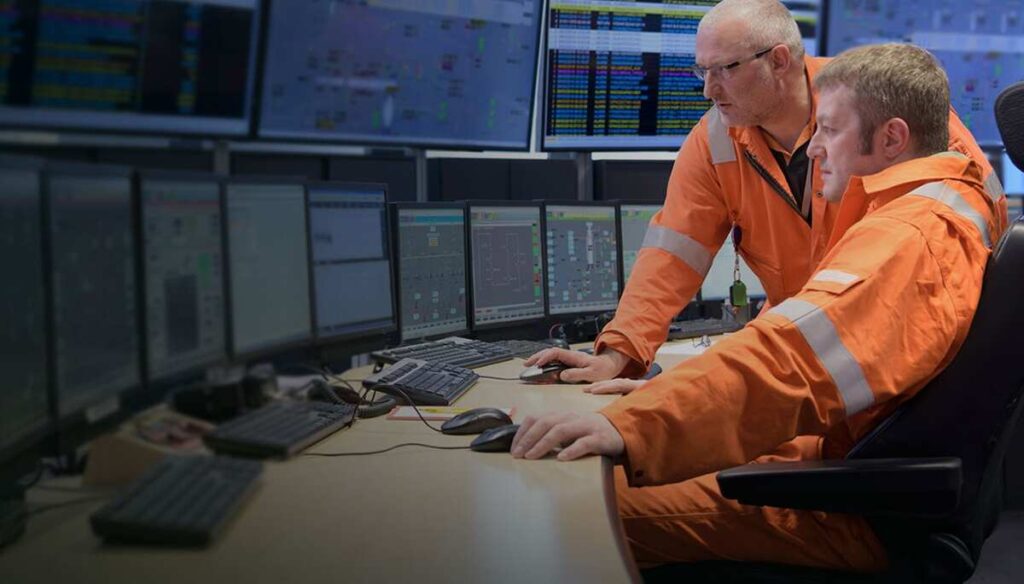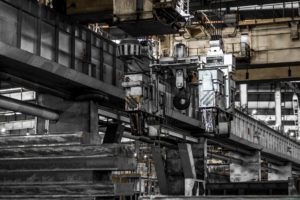Digitalization aims to improve corporate processes and decision-making — essentially challenging the status quo — and investigate technological advancements that can deliver improvements. Still, it’s important to remember that changing into a digitally focused company is a continuous evolution rather than a single project.
Fortunately, companies have options to partner with technology providers who can offer the support, expertise, and tools to accelerate digital transformation endeavors and improve their success and payback ratios.
Smart technology can help to help create the factory of the future
Cloud-based digital twin technology is an innovation fast becoming a foundational pillar of digital transformation and a crucial tool for businesses.
Built around creating a digital replica for a physical asset or process, it helps organizations by merging a software environment with the physical world. For process-intensive industries that use a distributed control system (DCS), a control system digital twin enables teams to digitally access software simulated equipment, applications, and processes.
With the help of the Industrial Internet of Things (IIoT) and cloud-connected data, an advanced digital twin is much more than a static blueprint. State-of-the-art digital twins can be engineered to provide real-time, interactive, and dynamic simulations of industrial operations that allow process specialists worldwide to collaborate and learn within a unified environment.
Remote, virtual environments offer manufacturers tangible benefits
Innovative technology, like EcoStruxure™ Virtual Engineering is a subscription-based digital service enabling users to replicate industrial automation control systems on a private cloud.
Inside the EcoStruxure Virtual Engineering environment, teams can model, test, and train from anywhere. They can collaborate with their global resources and connect with process control and safety experts from Schneider Electric.
Cloud-based solutions with digital twin capabilities offer users meaningful benefits, including:
- Training simulations for more accessible, safer learning – the virtual environment is ideal for training novice engineers and off-site teams on specific process control and safety applications or tools.
- Reduce costs and save time – expenses are trimmed in relation to the physical automation system hardware and software, enabling staff to focus on core tasks.
- Lower-risk opportunities to improve plant performance – cut trial and error risks by monitoring and assessing new configurations within a supportive, test-bed environment before applying changes in a plant.
Despite continually searching for more effective ways to leverage new approaches and advanced technologies, the increasing complexity of digital transformation can make it unclear which solutions offer the best potential for success. Cloud-based digital twin technology is an exception. It provides manufacturers a demonstrated path to improved efficiency and agility in a cost-effective, low-risk digital environment.
To learn more, visit EcoStruxure Virtual Engineering.



